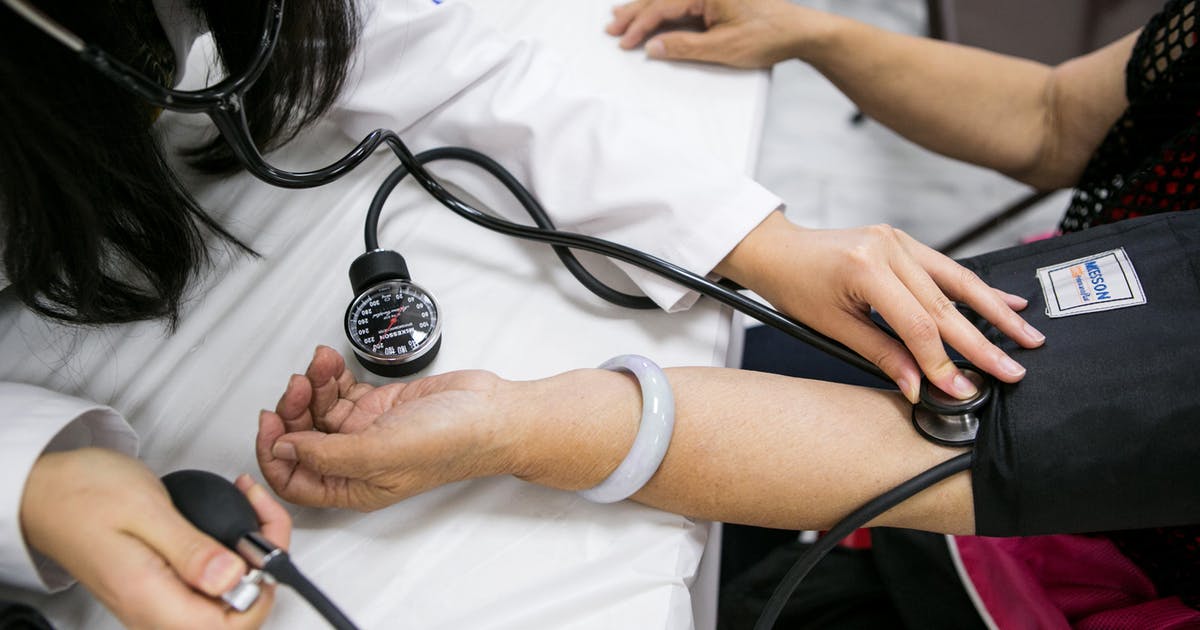Insulin: Major Causes Of Resistance And Why
Certain Medications

Certain medications can have an influence on an individual's development of insulin resistance. All medications have side effects, but particular medications have the side effect of interfering with an individual's natural metabolism and causing high blood sugar. Insulin triggers an increase of glucose transport proteins on a cell that facilitates the transfer of glucose out of the bloodstream and into the cell. However, the transport proteins will not work without enough potassium in the blood. Some medications cause a disruption in the healthy potassium levels, resulting in high blood sugar levels because the glucose cannot transfer out of the bloodstream into the cells.
Medications that reduce potassium in the blood include numerous antimicrobials, beta2-receptor agonists, various diuretics, some laxatives, mineralocorticoids, glucocorticoids, and xanthines. Beta blockers are a type of medication commonly prescribed to treat hypertension, angina, and heart disease. Beta blockers work through a mechanism that interferes with the release of insulin from the pancreas even when blood sugar levels are elevated.
High Blood Pressure

High blood pressure can contribute to the development of insulin resistance in an affected individual. High blood pressure is when the blood is exerting too much pressure on the arterial walls as it is moving through them. This malfunction can be caused by many factors and can result in numerous complications, including widespread vascular damage. Insulin resistance and high blood pressure both have several similar risk factors including inflammation. The inflammation caused by high blood pressure results in an influx of a type of white blood cell called cytokines.
Cytokines are known to disrupt the process of insulin signals in the cells of the liver, adipose tissue, and skeletal muscles. This mechanism means the signals from insulin cannot transfer from the outside of the cell to the inside of the cell. The insulin is then unable to perform its function in each of the affected cells, keeping excess glucose in the bloodstream and causing the development of insulin resistance.
